Majorca Hit By ‘Meteo-tsunami’: Tourists Flee as Waves Swallow Up Beaches and Streets
Last week, tourists in Puerto Alcudia, Majorca faced a sudden meteotsunami. The usually serene port town transformed into a scene of chaos as waves swallowed beaches and flooded streets.
Footage shows tourists running and struggling against the rushing waters, highlighting the speed and unpredictability of this mini tsunami.
What is a Meteotsunami?
Meteotsunamis, unlike regular tsunamis, are caused by atmospheric events such as squalls or pressure changes. These smaller yet powerful waves can form rapidly, making them particularly dangerous.
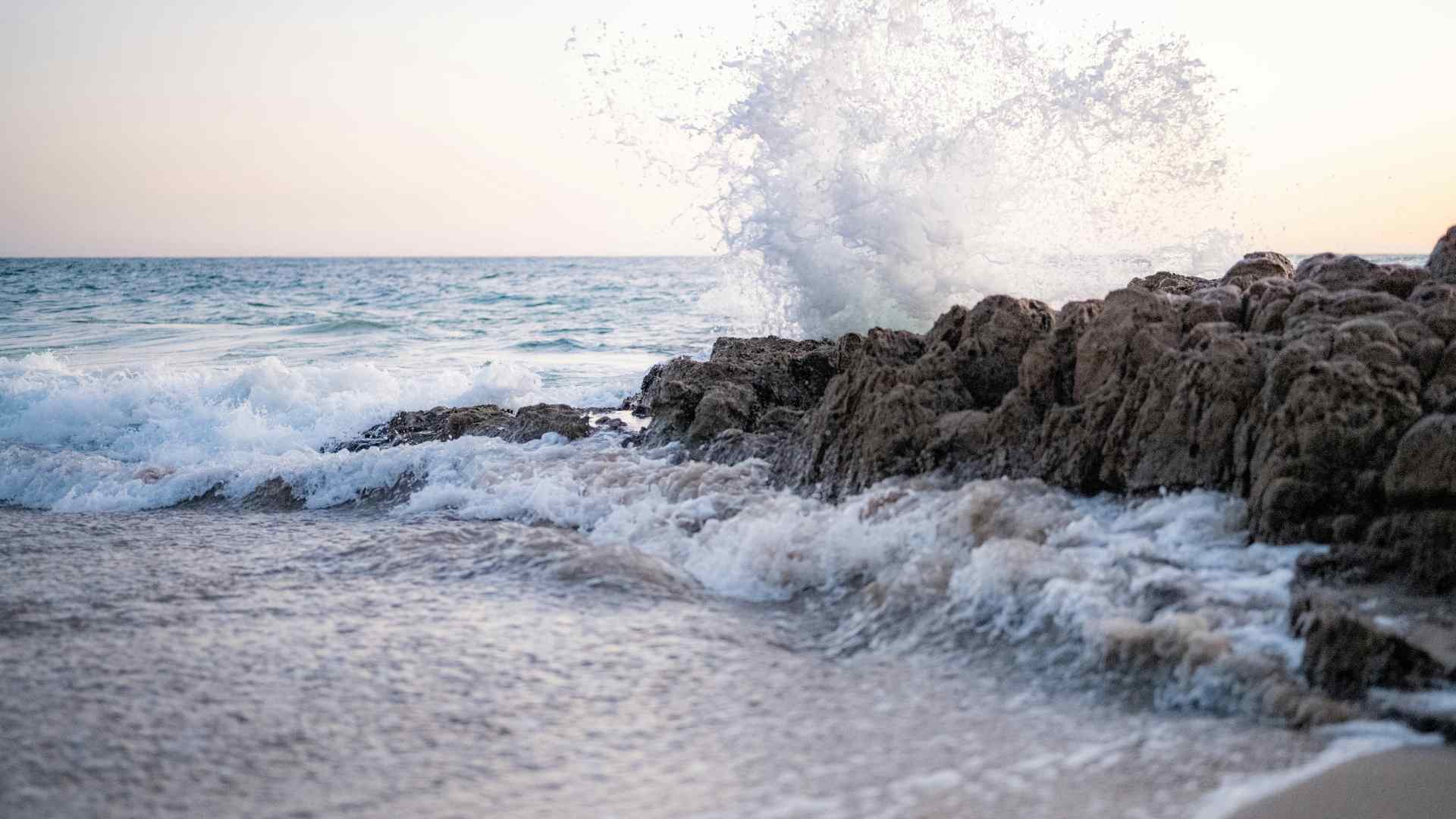
Samantha Fortney/Unsplash
As explained by Spain’s state weather agency, pressure variations lead to quick and dramatic sea level changes, causing these events.
The Incident Unfolds
The meteotsunami hit Puerto Alcudia swiftly, leaving little time for tourists and locals to react.
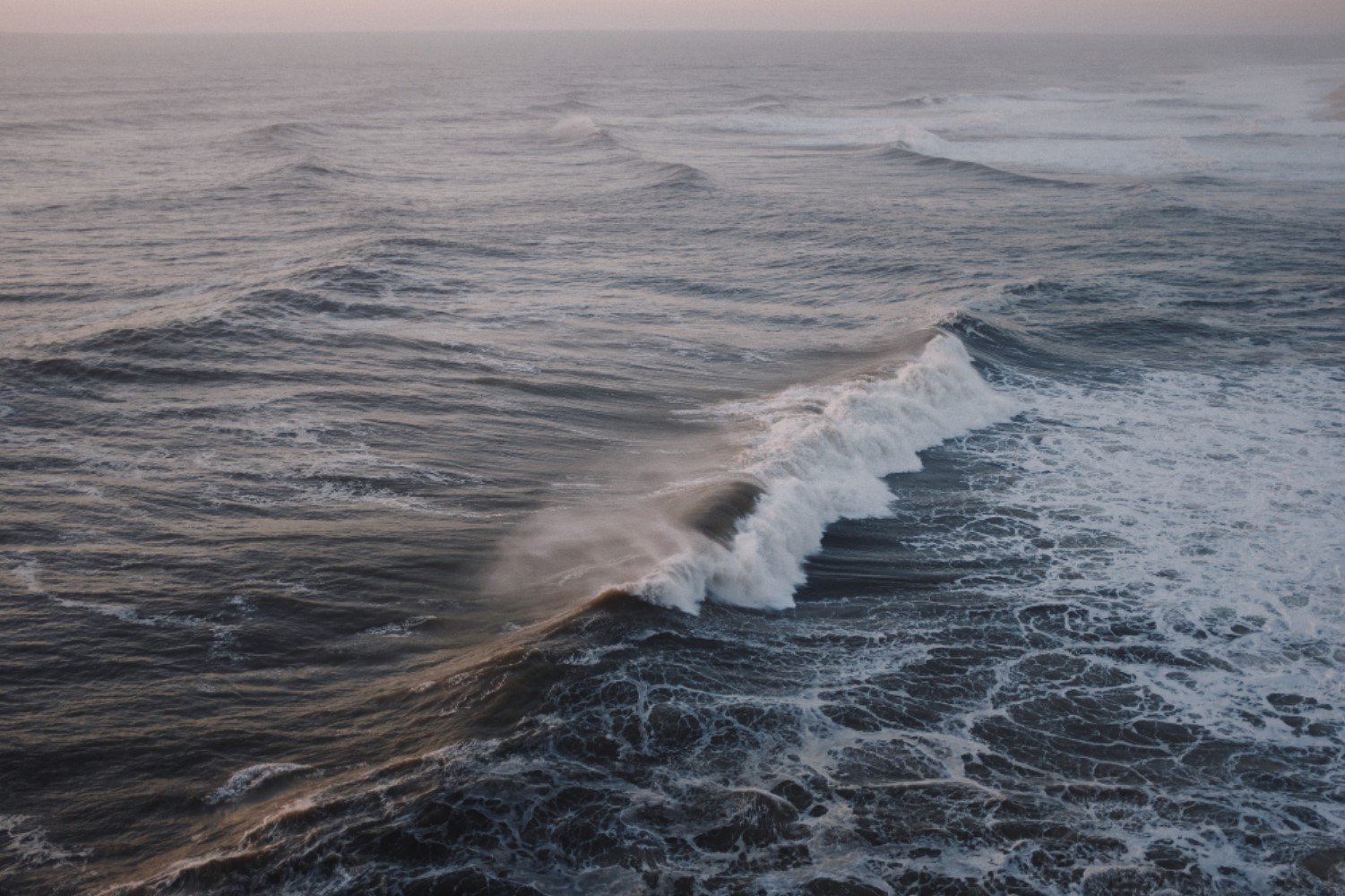
Source: Freepik
Within minutes, streets were submerged, and beachgoers found themselves fleeing the rising tide. Videos from the night show the extent of the flooding and the frantic efforts to stay safe.
Local Response and Preparedness
While the event was shocking for tourists, locals in Majorca are somewhat prepared for such occurrences.

Source: Buda Mendes/Getty Images
The region has a warning system to alert residents of impending meteotsunamis. This system, though helpful, still left many scrambling due to the meteotsunami’s sudden onset.
A Brief History of Meteotsunamis in Majorca
Meteotsunamis are not new to Majorca. In 2018, a significant event caused major damage along the coastline, particularly near Port Andratx, where a German tourist lost his life.
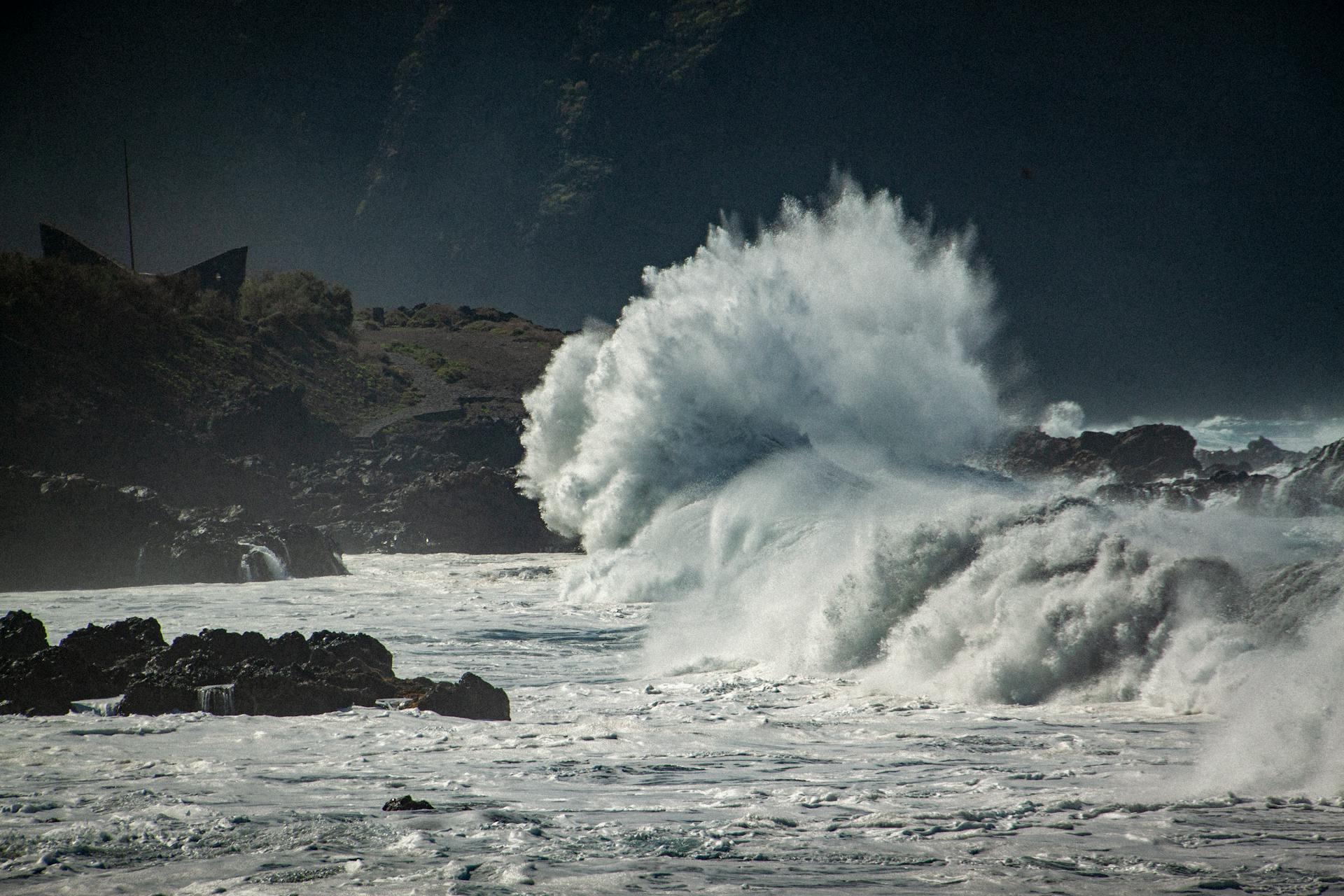
Source: Pawel Kosmala/Pexels
These events show the potential danger meteotsunamis pose, even if they are less powerful than traditional tsunamis.
Atmospheric Conditions Behind Meteotsunamis
Meteotsunamis occur due to rapid atmospheric pressure changes, often associated with strong storms. As NOAA oceanographer Eric Anderson notes, short-range weather models can detect these pressure waves, helping predict such events.
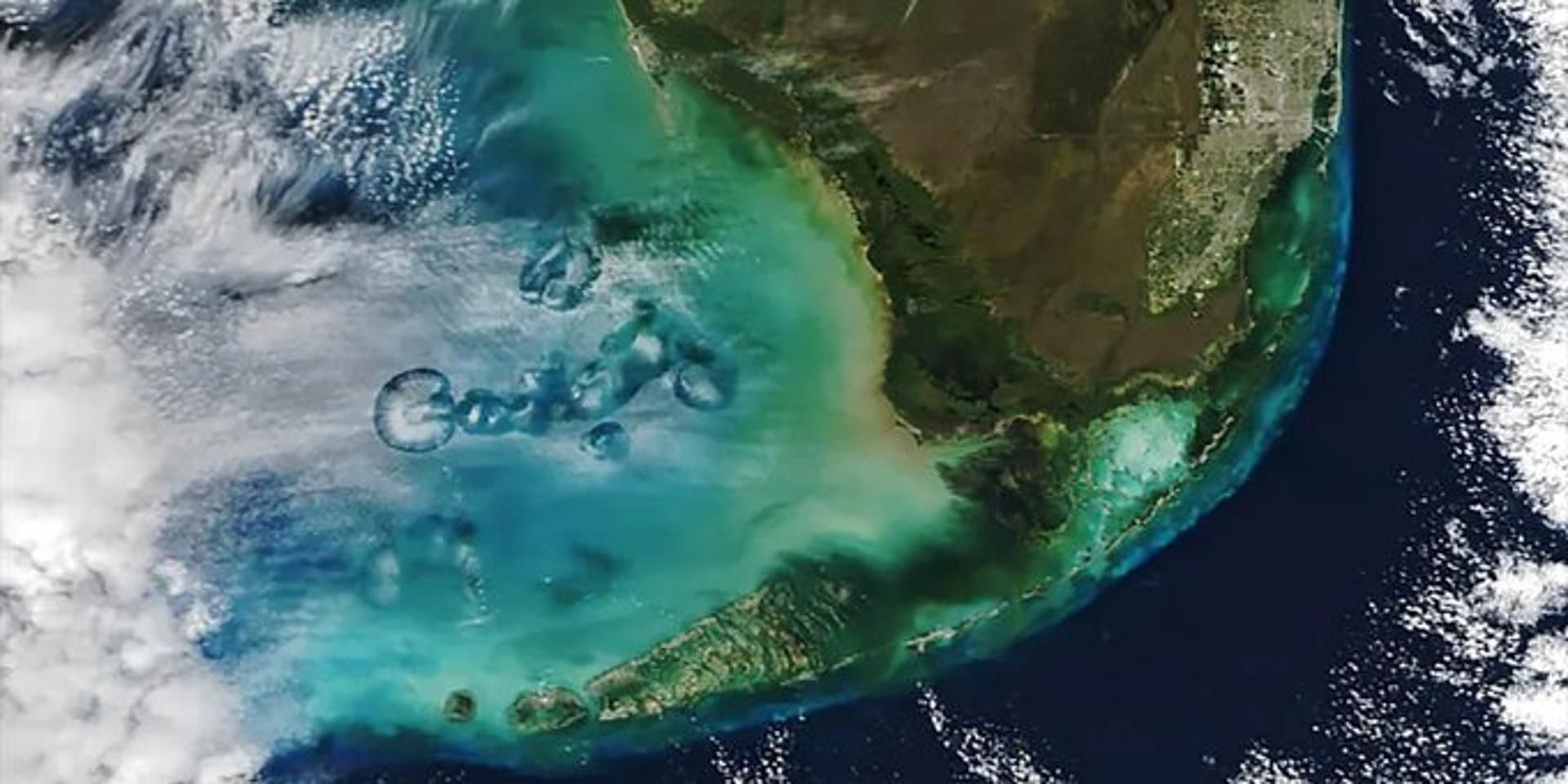
Source: @foxweather/X
However, forecasting remains a challenge, especially for meteotsunamis triggered by thunderstorms.
The Science of Prediction
Recent NOAA research suggests combining water and weather prediction models could improve meteotsunami forecasts. These efforts aim to give communities more time to prepare.
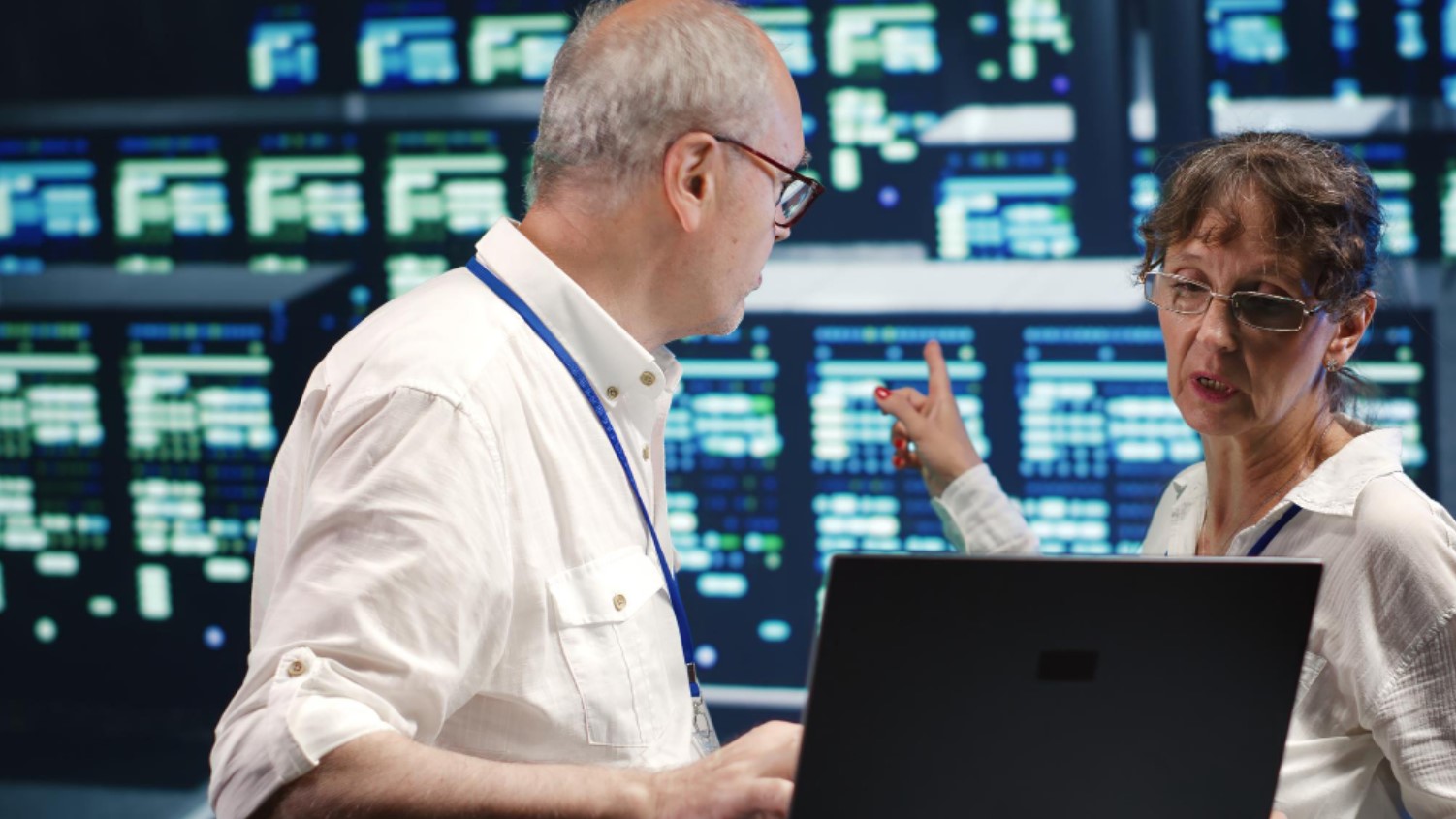
Source: Wikimedia
With climate change potentially altering atmospheric conditions, understanding and predicting meteotsunamis is becoming increasingly important.
Impact of Climate Change
Rising sea levels due to climate change may increase the frequency and intensity of meteotsunamis. Researchers believe that higher sea levels will make these events more dangerous.
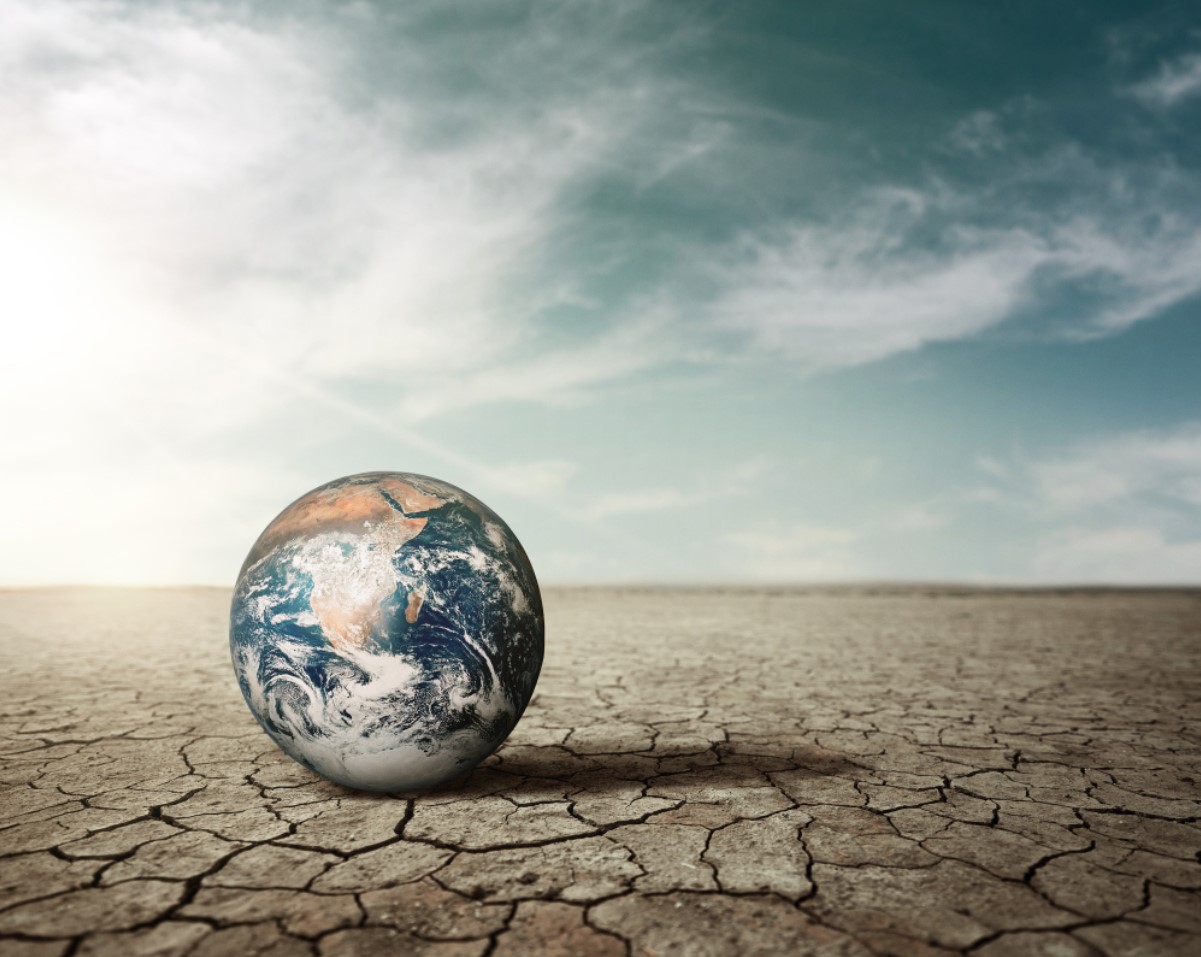
Source: Freepik
Ongoing studies aim to understand how global warming might affect the occurrence and severity of meteotsunamis.
Developing a Standardized Intensity Index
To better categorize and respond to meteotsunamis, scientists have proposed the Lewis Meteotsunami Intensity Index (LMTI).
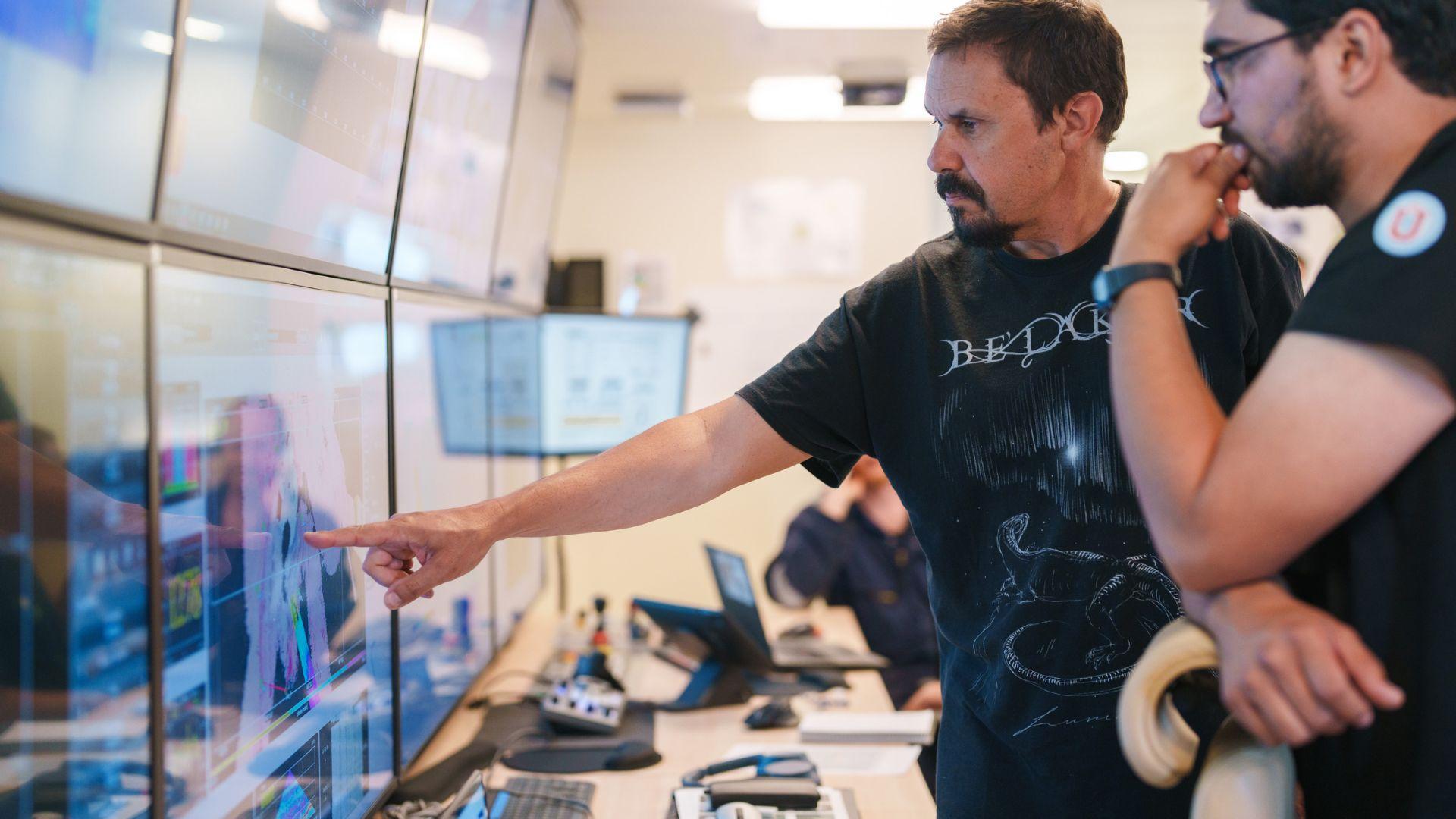
Source: Alex Ingle/Schmidt Ocean Institute
This five-level scale aims to standardize the assessment and communication of meteotsunami events, helping improve public safety and research efforts.
Regional Variations and Study Findings
Studies have shown that meteotsunamis vary by region. For example, Taiwan experiences intense meteotsunamis between December and April due to cluster storms, while typhoon-induced events are more common between July and October.
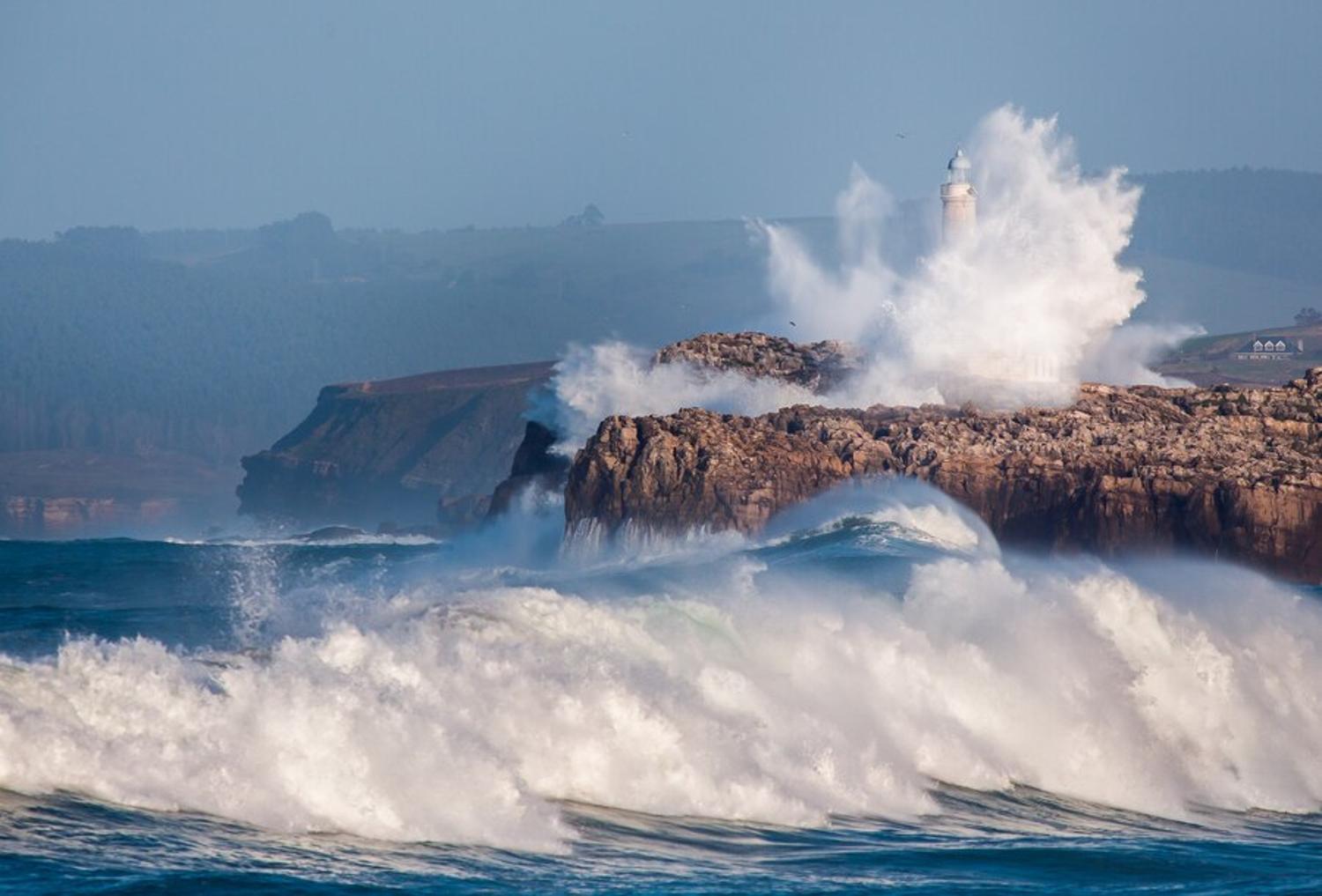
Source: Freepik
Understanding these patterns helps tailor forecasting and response strategies.
Public Awareness and Safety Measures
Increasing public awareness about meteotsunamis is crucial for improving safety. Educating tourists and locals about the signs and risks of meteotsunamis can help prevent injuries and fatalities.
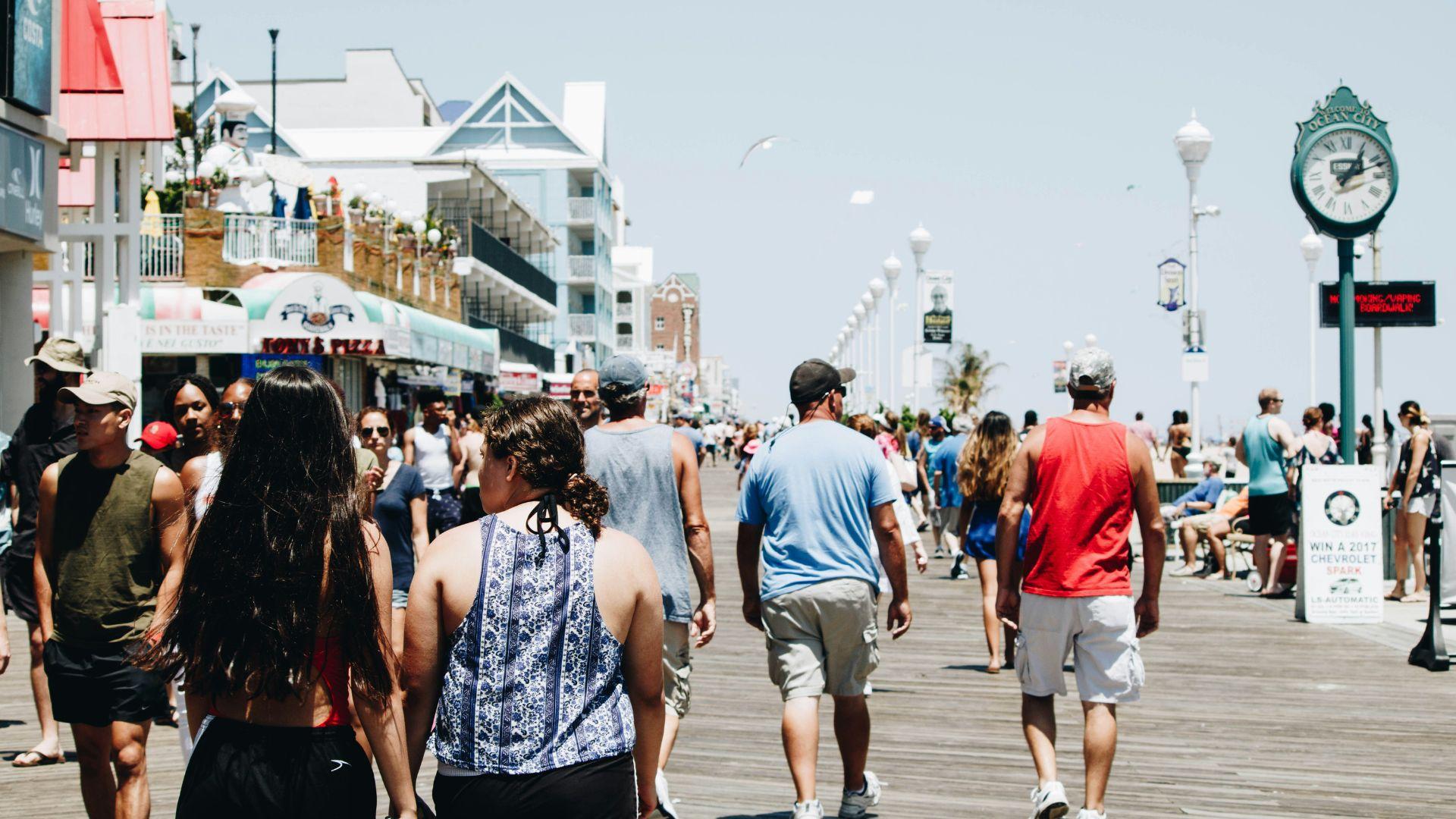
Source: Oscar Bonilla/Unsplash
Enhanced forecasting tools and warning systems are also vital components of disaster preparedness.
Moving Forward
The recent meteotsunami in Majorca highlights the need for continued research and improved forecasting methods. By combining atmospheric and oceanic models, scientists hope to provide more accurate predictions and timely warnings.
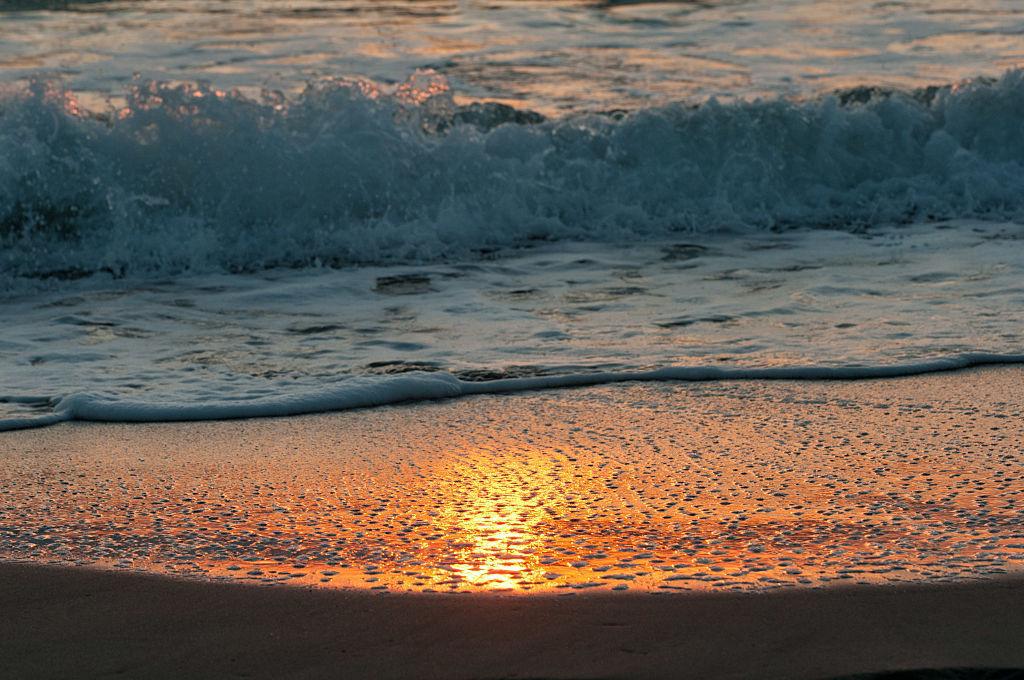
Source: Michele Eve Sandberg/Corbis/Getty Images
As climate change progresses, these efforts will be essential in protecting communities from the dangers of meteotsunamis.
